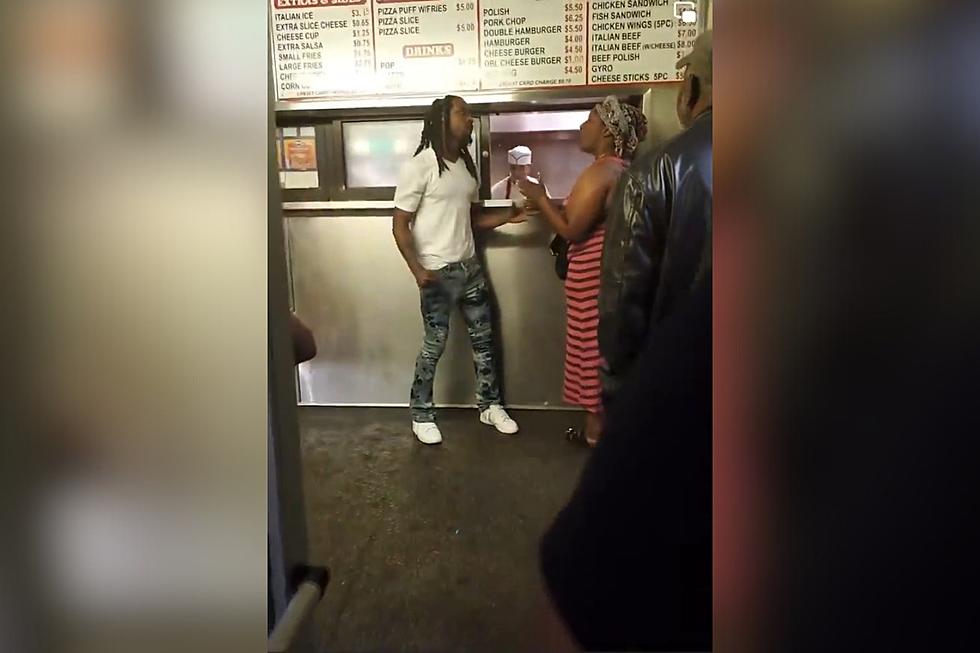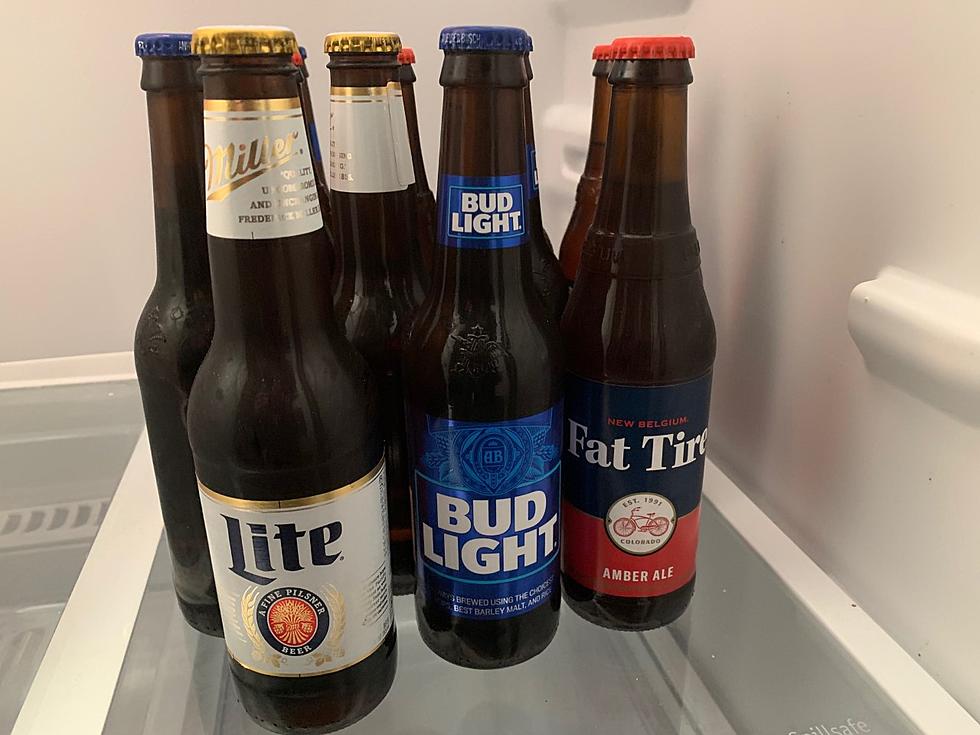
UPDATE: Charges Against Mom, Teen Son Dropped After Fatal Shooting Incident
A Chicago neighborhood fast-food stop turned into a scene of tragedy and controversy, sparking a debate that has gone viral on the internet.
UPDATE:
According to NBC Chicago, the Cook County State's Attorney's office said it reviewed the case against Carlishia Hood and her 14-year-old son and, "in light of emerging evidence," moved to dismiss murder charges against both.
Based upon the facts, evidence, and the law we are unable to meet our burden of proof in the prosecution of these cases.
See the full story here.
The incident, which resulted in the death of 32-year-old Jeremy Brown, has ignited a fierce debate about self-defense and the appropriate use of force. Two individuals at the center of this incident, Carlisha Hood and her 14-year-old son, find themselves facing charges related to the shooting.
According to prosecutors, an argument erupted between Carlisha Hood, a 35-year-old mother, and Jeremy Brown inside Maxwell Street Express. Witnesses claim that the disagreement took a violent turn as Brown repeatedly struck Hood in the head. Amidst the chaos, Hood's teenage son reportedly received frantic texts from his mother, who was in desperate need of help.
TW: Domestic Abuse, Violence, Gunfire etc.
As the situation escalated, the 14-year-old made a fateful decision. He retrieved a firearm and shot Brown in the back, instantly halting the attack on his mother. However, what unfolded next has become the point of contingency in a debate that has consumed social media feeds across the nation. As Brown attempted to flee, the young teenager continued to chase him and shot him once again, this time from behind.
Tragically, Jeremy Brown succumbed to his injuries, leaving a community grappling with questions of justice, self-defense, and the limits of personal protection. Was the teenager justified in using lethal force to protect his mother, or did his actions cross the line into excessive force?
Supporters of the young teen argue that he acted out of instinct and an innate sense of duty to protect his mother. Their main argument is that, when faced with a violent and relentless assault, the teenager had no choice but to use whatever means necessary to stop the immediate threat. For them, the second shot, although controversial, can be seen as an act of ensuring the safety of both himself and his mother.
On the other side of the debate, critics question the use of deadly force in what they perceive as a situation where the immediate threat had subsided. They argue that once Jeremy Brown turned to flee, the teenager's pursuit and subsequent shooting were unnecessary and constituted an unjustifiable act of aggression. They assert that the law should not condone vigilantism or allow emotions to dictate the boundaries of self-defense.
In the aftermath of the incident, authorities acted swiftly, apprehending Carlisha Hood and her son. The mother has been charged with murder and contributing to the delinquency of a minor, while her son faces charges of murder. Although neither has a prior criminal record, the gravity of the situation casts a dark shadow over their lives.
As the court proceedings loom on the horizon, the community remains deeply divided. People across the country find themselves questioning where the line between self-defense and excessive force should be drawn. Should the law consider the intensity of the initial threat or the continuing danger in determining whether the teenager's actions were justified? And how will society reconcile the tragic loss of Jeremy Brown with the complex circumstances that led to his demise?
In the end, readers are left to give hard thought to the details surrounding the tragedy and decide for themselves where they stand on the spectrum of this emotionally charged debate.
As we look ahead to the legal details to unfold and as arguments continue to rage, the story of Carlisha Hood and her son has definitely reignited flames on a conversation about the limits of self-defense that are not easily defined and how serious the consequences of a split-second decision can be, sometimes far beyond those directly involved.


